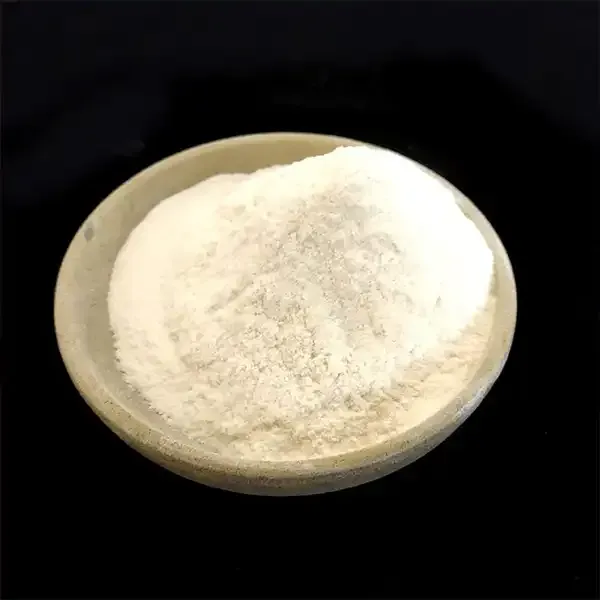The Role of Cellulose and HPMC in Paint Formulations
Cellulose derivatives, such as Hydroxypropyl Methylcellulose (HPMC), have gained significant traction in the paint and coatings industry due to their versatile properties and functional benefits. As a natural polymer derived from cellulose, HPMC has become a crucial ingredient in various formulations for both water-based and solvent-based paints.
Composition and Properties of HPMC
HPMC is produced by the etherification of cellulose, resulting in a compound that exhibits excellent water solubility, thickening, and film-forming properties. The modification allows for a fine-tuned control over viscosity, gelation temperature, and other critical rheological properties. The effectiveness of HPMC is influenced by its molecular weight and the degree of substitution, which dictates its performance in different applications.
Functionality in Paints
One of the primary functions of HPMC in paint formulations is to enhance the rheological properties. It provides consistency and stability, preventing sedimentation of pigments and fillers during storage and application. This viscosity control ensures that paints can be easily applied with tools like brushes, rollers, or spray guns, and helps in achieving an even coating on various substrates.
Moreover, HPMC contributes to the open time of paints, allowing for better manipulation during application and ensuring that the paint does not dry too quickly. The extended open time is particularly beneficial in environments that require precise work, enabling painters to achieve the desired finish without the risk of uneven drying.
cellulose hpmc for paint

Water Retention and Adhesion
Another notable property of HPMC is its water-retention capability. In paint formulations, it retains moisture, which enhances the curing process of water-based paints. This characteristic is crucial for ensuring adequate adhesion to the applied surfaces, ultimately resulting in a more durable and lasting finish. Enhanced adhesion also minimizes the risk of peeling and flaking, extending the lifespan of the painted surface.
Environmental Considerations
With the increasing focus on sustainability, HPMC stands out due to its biodegradable nature. As a cellulose derivative, it aligns with the growing demand for eco-friendly products in the paint industry. Water-based paints incorporating HPMC can offer reduced levels of volatile organic compounds (VOCs), thereby contributing to improved indoor air quality and environmental safety.
Conclusion
In conclusion, the inclusion of cellulose derivatives like HPMC in paint formulations serves multiple roles, ranging from viscosity control and water retention to enhancing paint application and environmental sustainability. As the coatings industry continues to evolve, the demand for innovative and efficient materials like HPMC is likely to grow, leading to the development of paints that are not only high-performing but also environmentally responsible. The versatility and effectiveness of HPMC make it a cornerstone of modern paint formulations, enabling manufacturers to meet the diverse needs of consumers while adhering to ecological standards.
-
Rdp Powder: Key Considerations for Wholesalers in the Building Materials IndustryNewsJul.08,2025
-
Key Considerations for Wholesalers: Navigating the World of Hpmc - Based ProductsNewsJul.08,2025
-
Hpmc Detergent: Key Considerations for WholesalersNewsJul.08,2025
-
Key Considerations for Wholesalers: China Hpmc For Tile Adhesive, Coating Additives, Concrete Additives, and MoreNewsJul.08,2025
-
Crucial Considerations for Wholesalers: Navigating the World of Construction MaterialsNewsJul.08,2025
-
Key Considerations for Wholesalers Sourcing Additive For Cement, Additive For Concrete, Additive For Putty from Additive Manufacturer Shijiazhuang Gaocheng District Yongfeng Cellulose Co., Ltd.NewsJul.08,2025




